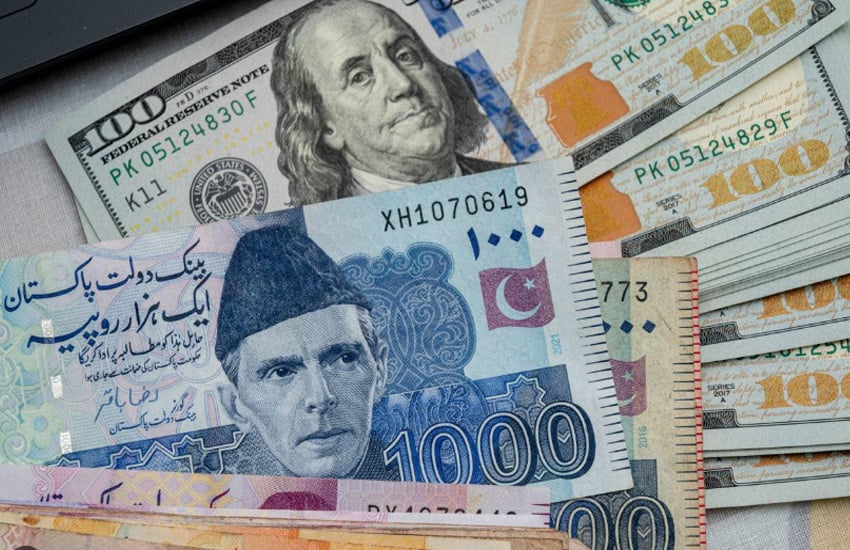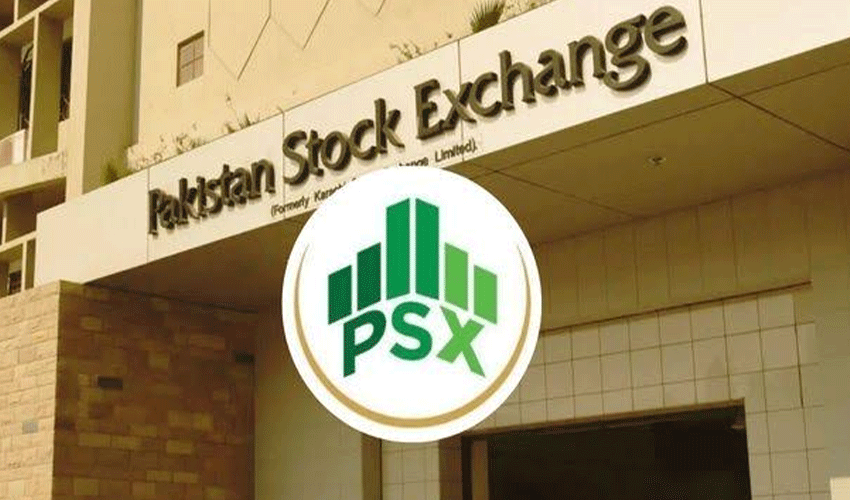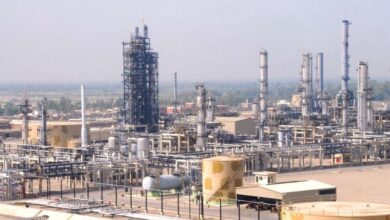The Pakistani rupee opened Tuesday’s trading session stable against the US dollar in the inter-bank market but slipped later in the day to touch its lowest level in 19 months.
At 10am, the local currency was unchanged from the previous day’s closing rate of Rs284.22 in the inter-bank market. However, by midday, the dollar had gained 18 paisas to settle at Rs284.40, according to currency dealers.
In the open market, the dollar also appreciated by 20 paisas, reaching Rs286.85, marking the rupee’s weakest level since late 2023.
Currency analysts attributed the rupee’s gradual decline to persistent demand for the US dollar, driven by import payments and the SBP’s ongoing efforts to shore up foreign exchange reserves through dollar purchases from the market.
“The central bank’s interventions in the market, combined with external payment obligations, have created pressure on the rupee,” said a senior currency dealer. “This trend may continue unless there is a substantial inflow of foreign exchange through remittances or official support.”
Global factors add to currency market uncertainty
The rupee’s depreciation also comes amid global financial uncertainty after former US President Donald Trump announced the imposition of 25% tariffs on a broad range of goods from Japan and South Korea, effective August 1.
The news triggered volatility in global currency markets. The Japanese yen slipped to a two-week low of 146.44 per dollar, while the South Korean won also fell by around 1%. The US dollar, meanwhile, held firm, trading at 97.40 against a basket of major currencies.
Investors remain cautious following Trump’s remarks, which suggested openness to deadline extensions if trade partners proposed alternative arrangements. However, the broader outlook remains uncertain, fueling concern over a potential escalation of trade tensions.
Oil prices ease after overnight gains
Adding to market jitters, oil prices — a key indicator of inflation and currency parity for import-reliant economies like Pakistan — fell on Tuesday. Brent crude futures dropped by 21 cents to $69.37 a barrel, while US West Texas Intermediate slid 24 cents to $67.69 a barrel.
Analysts say the easing in oil prices follows a sharp rise of nearly 2% a day earlier, with investors reacting to a higher-than-expected production hike announced by the OPEC+ alliance for the month of August.







